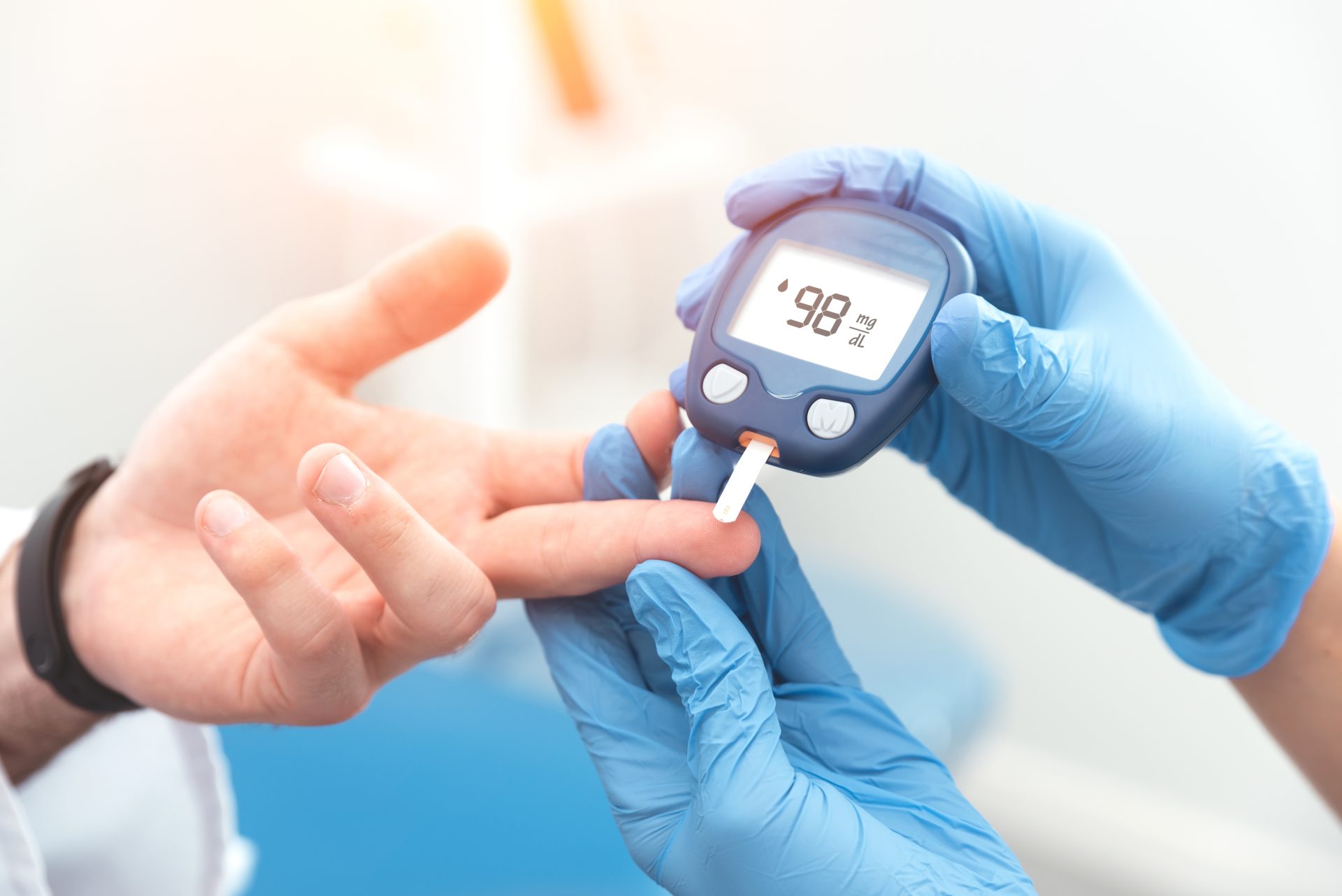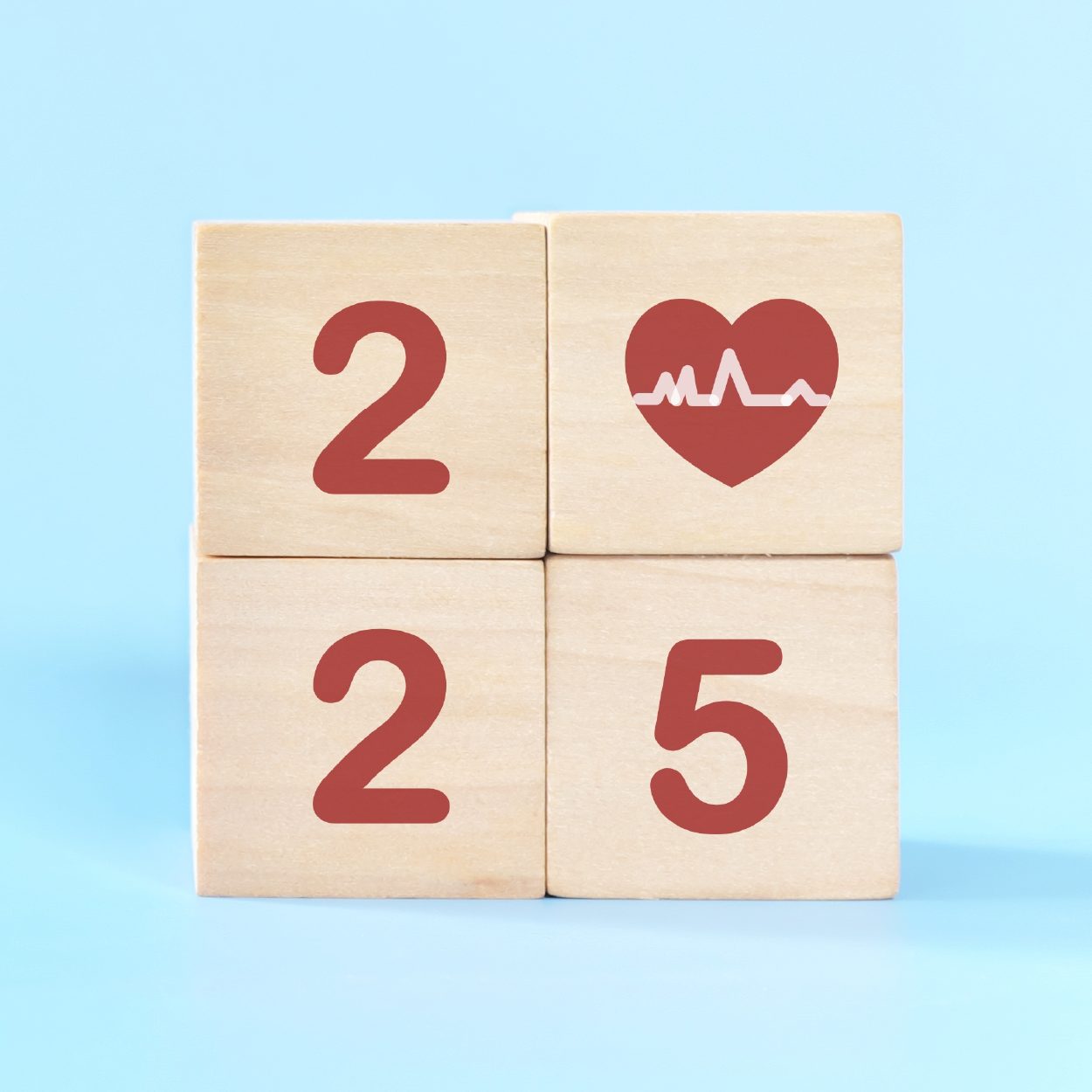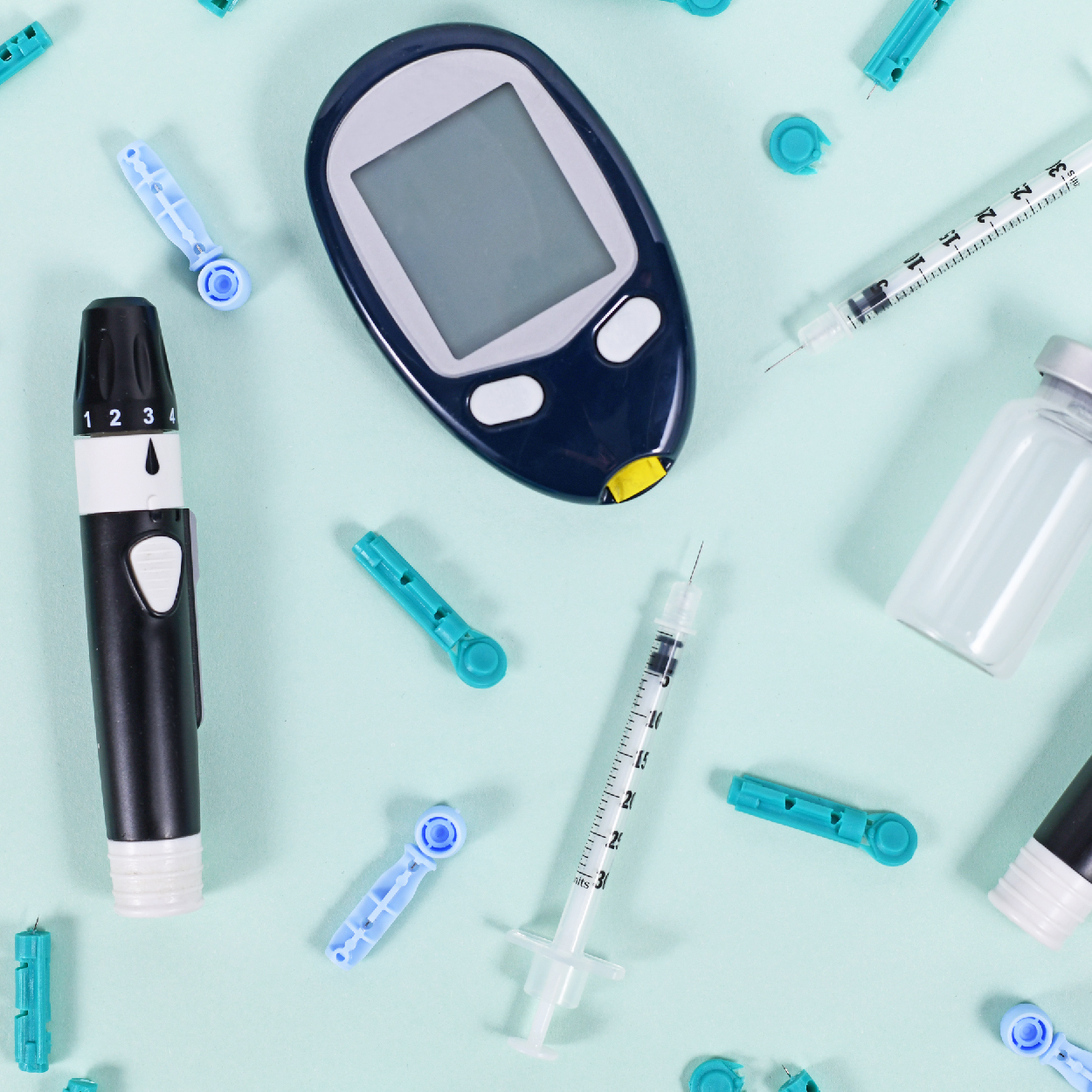While many people with diabetes have questions regarding ketone testing and the products available, I am seeing more questions from healthcare professionals as well. This post will be devoted to the current products available and their instructions for use.
Ketone testing can be done one of two ways: by testing urine or testing blood. Urine ketone test strips are the most common method of testing, but the test will be identifying the ketones that were present several hours ago. It is important that the tester is aware of this so they can understand he results better.
The most common urine ketone strips available include:
Bayer – Keto-Diastix (also tests for glucose) or Ketostix (ketones only)
LW Scientific – Ketosis Test Strip
Nipro Diagnostics – Trueplus Ketone Test Strips
CVS, ReliOn and Walgreens all have urine ketone test strips as well. Testing would be the same regardless of brand purchased.
Instructions for urine ketone testing:
• Pass the test end of the strip through your urine as you urinate (be sure to get it entirely wet), or collect urine in a clean dry container and dip the test strip in. For toddlers not toilet trained, the strips can be pressed against the wettest part of the diaper OR a cotton ball can be pressed in the diaper and transferred to the ketone strip.
• Shake off excess drops of urine.
• Wait 15 seconds, or whatever time is stated on the brand of test strips you have.
• Compare the color on your strip to the color array on the side of the bottle.
Key tips for urine ketone testing:
• Check the expiration date. If the strips are expired, the test result will not be accurate.
• Store the test strips with the lid closed tightly. Any humidity or prolonged exposure to air will cause the strips to give inaccurate results.
• If the person is dehydrated, the urine ketone concentration will be falsely elevated.
There are blood glucose monitors available that also test blood ketones. This is most useful for insulin pump users, infants, toddlers and small children since it can identify the presence of ketones earlier than urine ketones.
than urine ketone testing.
Ketone meters available:
- NovaMax Plus
- Precision Xtra
Instructions for blood ketone testing:
Both the NovaMax and the Precision Xtra meters also test blood glucose, but using different test strips. Based on patient use in my clinic, more people have been using the Precision Xtra since it has been out longer than the Nova Max Plus and patients seem to find it easy to use. I also find it easier to obtain samples from my Abbott rep.
The test strips for the NovaMax are little less expensive, but seem to be not as sturdy as the Precision Xtra strips. For patients who have tried both products for me, they find the Nova Max has more error messages than the Precision Xtra. When reading the results from the Precision Xtra meter, it will give a result in mmol/L. If the reading is below 0.6 mmol/L there are no ketones present; if the result is between 0.6 to 1.5 mmol/L, ketones are present; if the result is greater than 1.5 mmol/L, ketoacidosis may be imminent.
One major difference with reading the results on the NovaMax meter is when blood ketones are below 1 mmol/L, the NovaMax will read “LO”, instead of reporting the exact level. Testing for blood ketones is the same as testing for blood glucose.
Cost differences between urine and blood ketone testing:
Urine: approximately $12 for 50 test strips
Blood: approximately $65 for 10 strips
Insurance companies do tend to cover a portion of the cost of the ketone test strips. Patients need to check with their insurance provider to confirm their co-pay.




